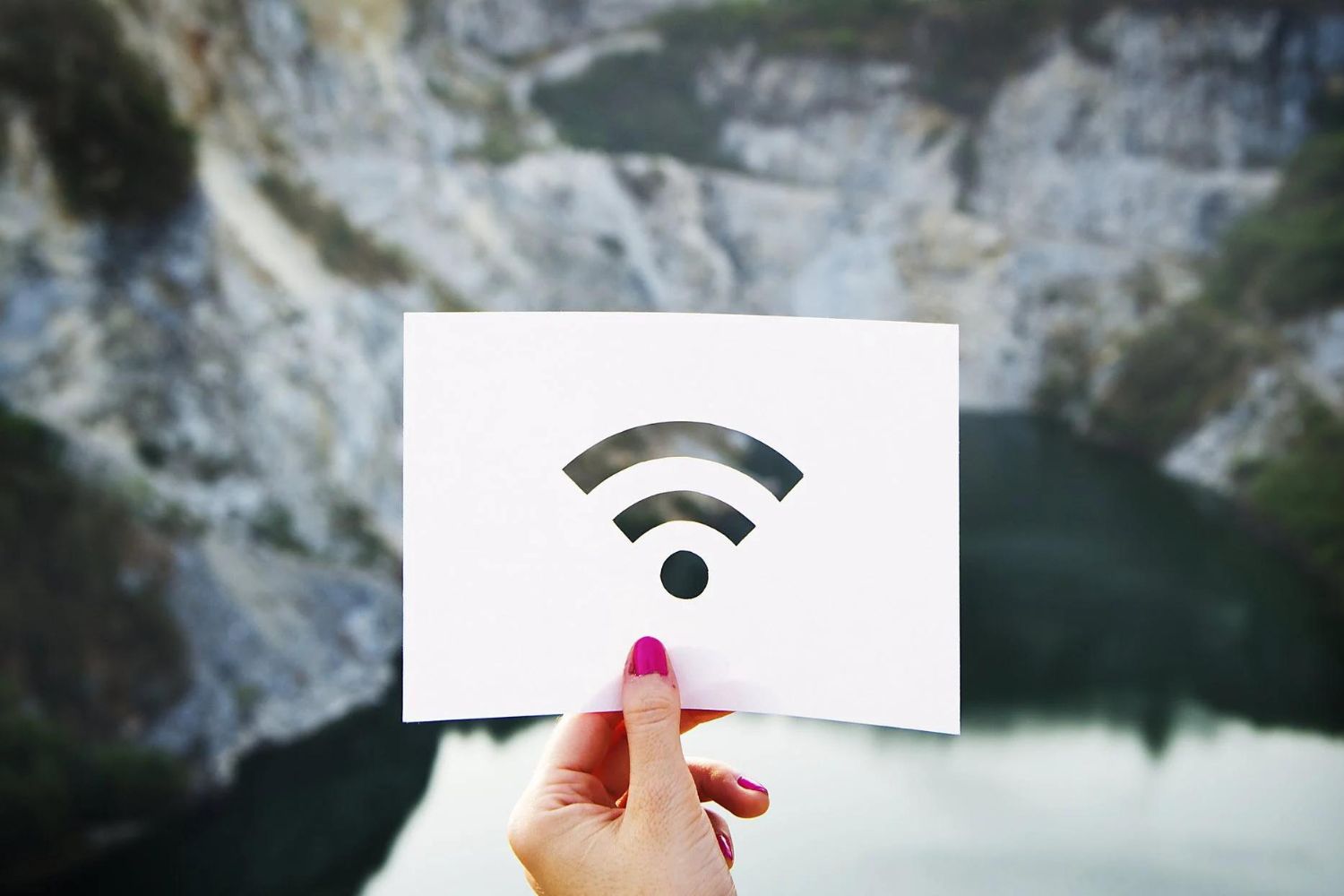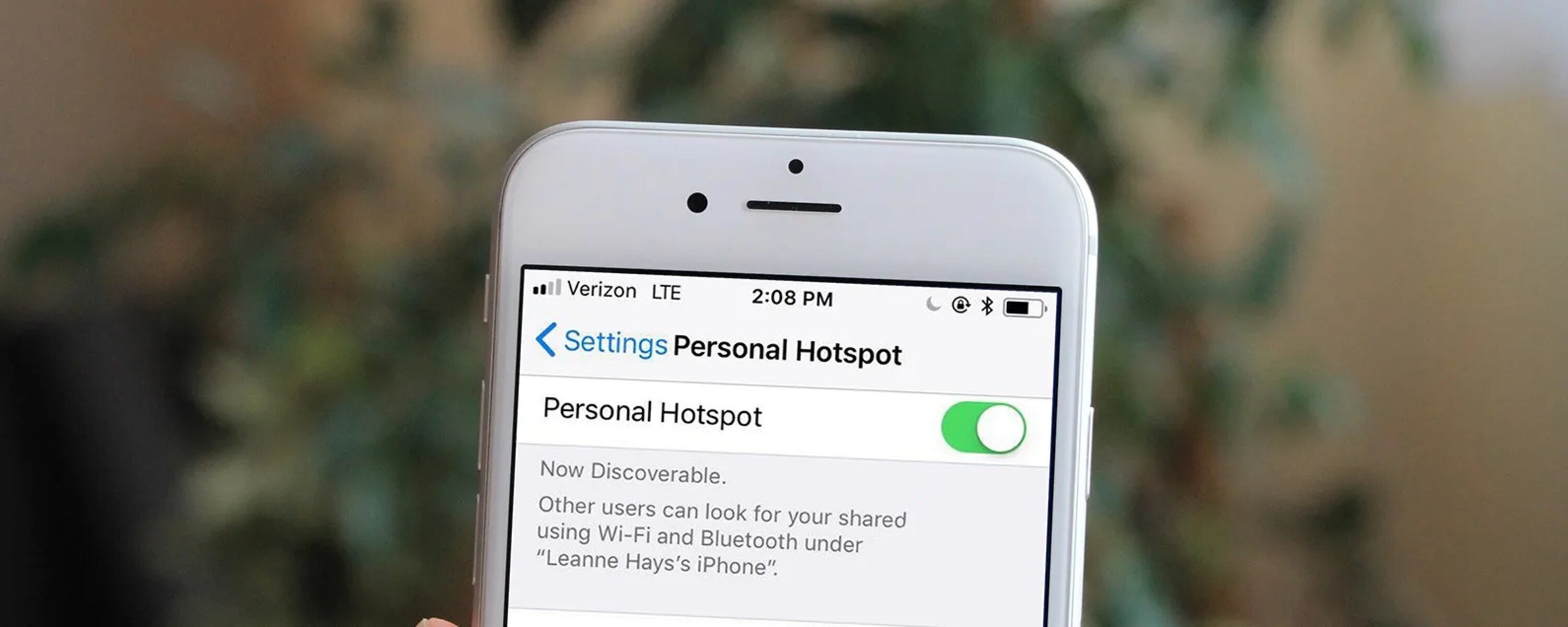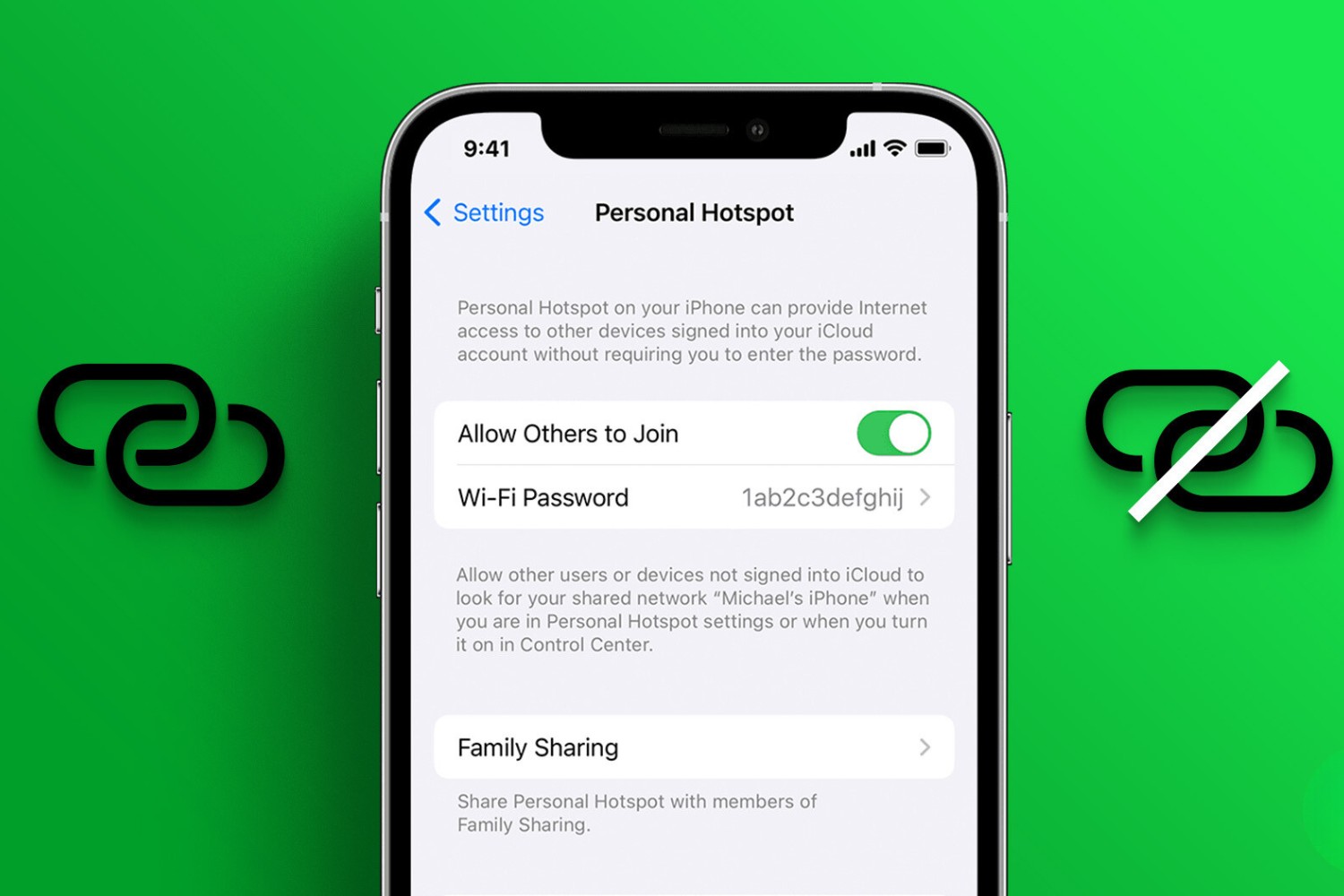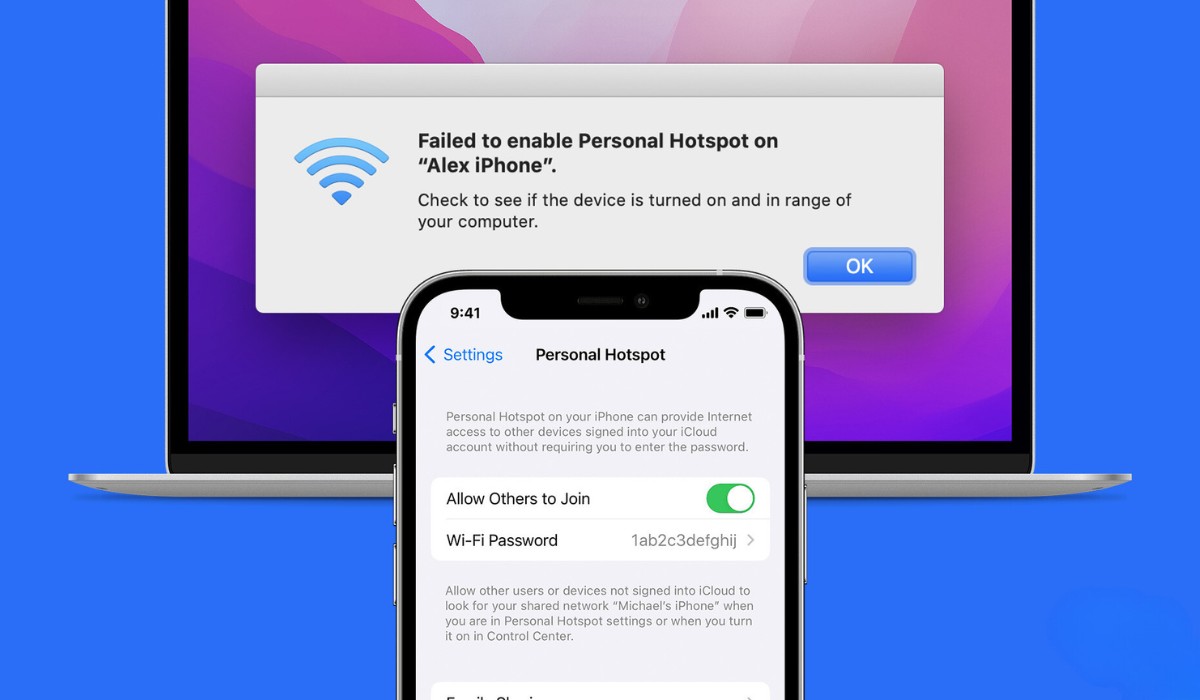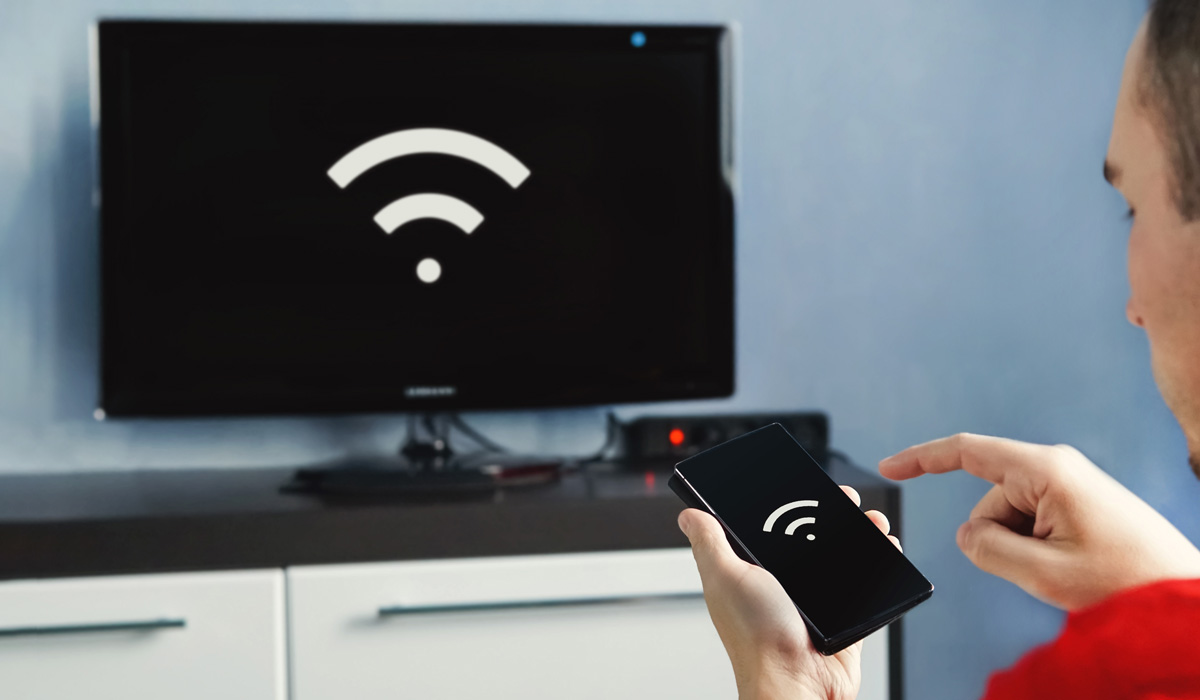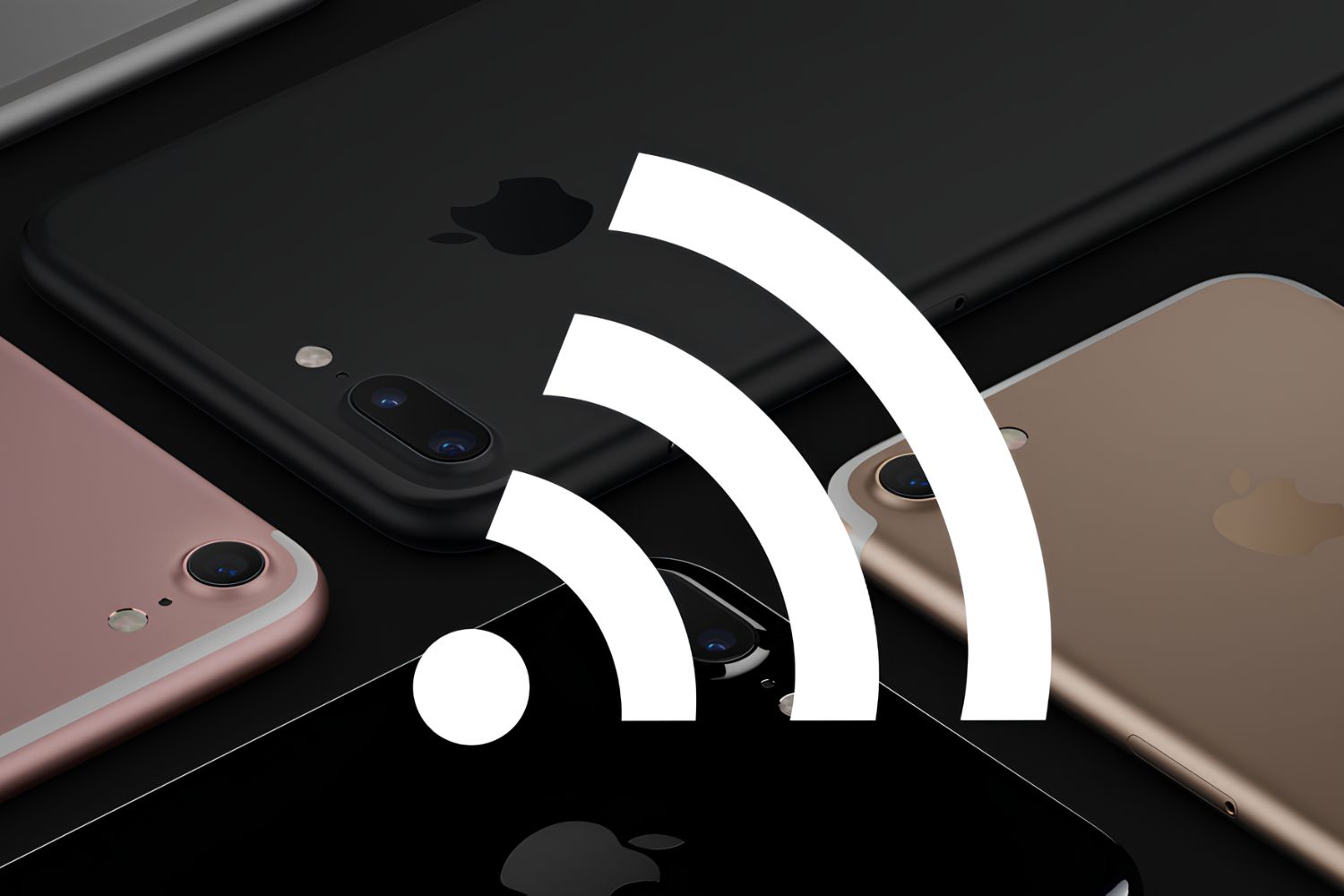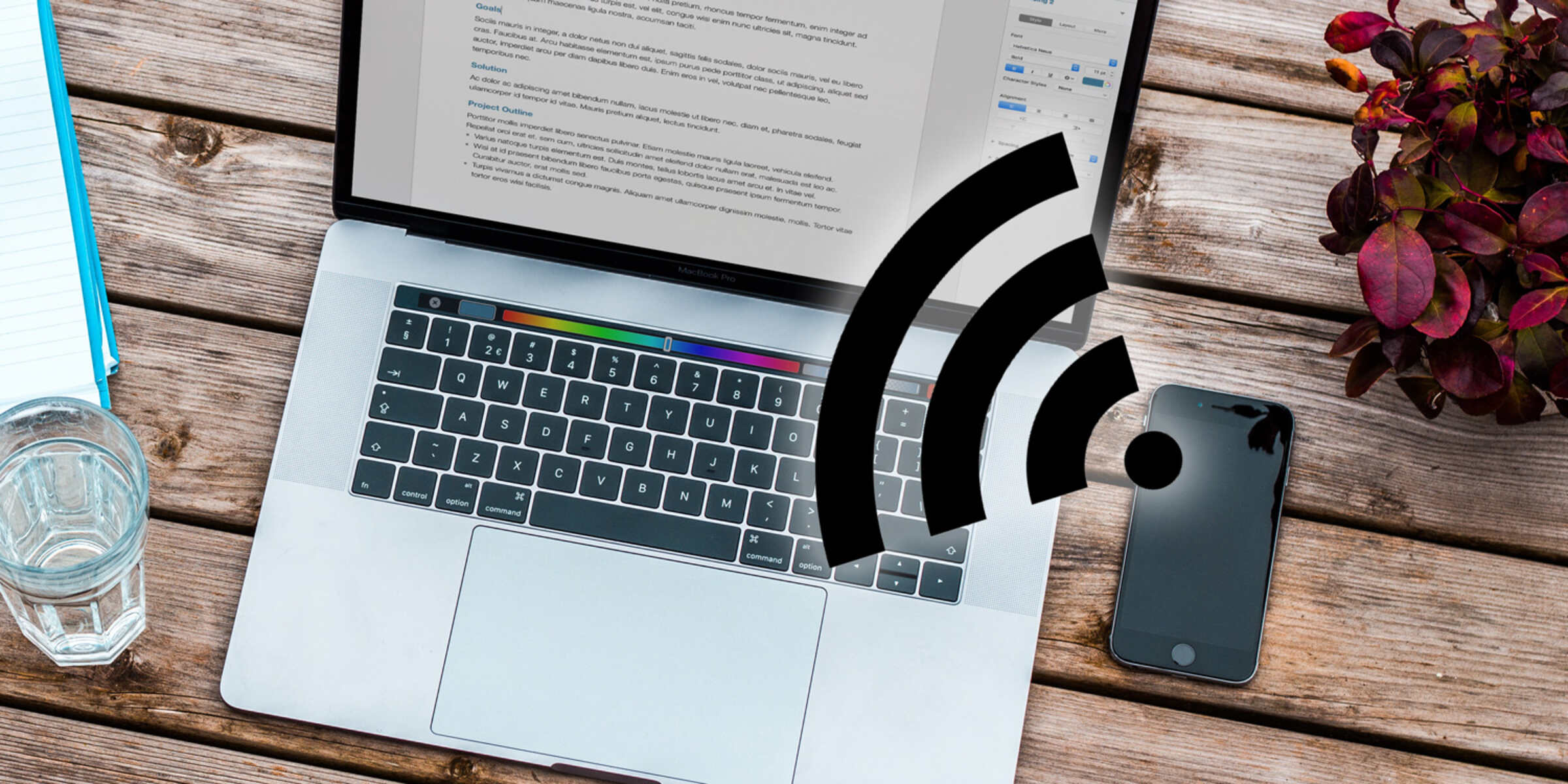Introduction
Turning on a hotspot can be incredibly useful when you need to share your internet connection with other devices. Whether you're on the go, away from a stable Wi-Fi network, or simply need to provide internet access to multiple devices, activating a hotspot on your smartphone or computer can be a game-changer. This article will guide you through the quick and easy steps to turn on a hotspot, configure its settings, and connect devices to it.
A hotspot essentially turns your device into a portable Wi-Fi router, allowing other devices to connect to it and access the internet using your cellular data or existing internet connection. This can be particularly handy when you're traveling, attending a meeting outside the office, or if your home Wi-Fi network is down. By following the simple steps outlined in this guide, you'll be able to set up and activate a hotspot in no time, ensuring seamless connectivity for all your devices.
Whether you're using an Android smartphone, iPhone, Windows laptop, or Macbook, the process of turning on a hotspot is relatively straightforward. By understanding the steps involved and the key settings to configure, you'll be empowered to leverage the full potential of your device and stay connected wherever you are. Let's dive into the step-by-step process of activating and configuring a hotspot, so you can easily share your internet connection with other devices and enjoy uninterrupted connectivity on the go.
Step 1: Accessing the Settings
Accessing the settings to turn on a hotspot may vary slightly depending on the device you are using. However, the fundamental approach remains consistent across most devices, whether it's a smartphone or a computer. Here's a breakdown of how to access the settings on different devices:
Smartphone (Android/iPhone):
-
Android: On an Android smartphone, accessing the hotspot settings typically involves navigating to the "Settings" app. Once in the settings, look for the "Network & Internet" or "Connections" option, where you should find the "Hotspot & Tethering" or "Portable Hotspot" menu. Tapping on this menu will lead you to the hotspot settings, allowing you to turn on the hotspot and configure its parameters.
-
iPhone: For iPhone users, accessing the hotspot settings can be done by opening the "Settings" app and selecting the "Personal Hotspot" option. This will enable you to toggle the hotspot on and configure its settings, such as the Wi-Fi password and the name of the hotspot.
Windows Laptop:
- On a Windows laptop, accessing the hotspot settings involves navigating to the "Settings" app or using the shortcut "Windows key + I" to open the settings. From there, select "Network & Internet" and then go to the "Mobile hotspot" section. Here, you can turn on the mobile hotspot and customize its settings according to your preferences.
Macbook:
- On a Macbook, accessing the hotspot settings can be done by clicking on the Apple logo in the top-left corner of the screen and selecting "System Preferences." From there, navigate to the "Sharing" option and choose "Internet Sharing" from the list of services. Here, you can select the internet connection you want to share and configure the hotspot settings.
By understanding how to access the settings specific to your device, you can seamlessly proceed to the next steps of turning on the hotspot, configuring its settings, and connecting devices to it. With this foundational knowledge, you are well-equipped to harness the power of a hotspot and ensure uninterrupted connectivity for all your devices.
Step 2: Turning on the Hotspot
Once you have accessed the settings on your device, the next step is to turn on the hotspot. This process is essential for enabling other devices to connect and utilize your device's internet connection. The steps for turning on the hotspot may vary slightly based on the device you are using, but the fundamental concept remains consistent.
Smartphone (Android/iPhone):
Android:
On an Android smartphone, activating the hotspot involves accessing the "Hotspot & Tethering" or "Portable Hotspot" menu within the device settings. Once in this menu, you will typically find a toggle switch to turn on the hotspot. After enabling the hotspot, you may have the option to configure settings such as the network name (SSID) and password. These settings allow you to personalize the hotspot and secure it from unauthorized access.
iPhone:
For iPhone users, turning on the hotspot can be accomplished by toggling the "Personal Hotspot" option within the device settings. Once activated, you can proceed to customize the hotspot settings, including the Wi-Fi password and the name of the hotspot. This customization ensures that your hotspot is secure and easily identifiable to other devices when they attempt to connect.
Windows Laptop:
On a Windows laptop, turning on the hotspot involves accessing the "Mobile hotspot" section within the device settings. After enabling the mobile hotspot, you can configure additional settings such as the network name and password. This customization allows you to create a personalized hotspot that suits your preferences and enhances security.
Macbook:
On a Macbook, activating the hotspot requires navigating to the "Sharing" options within the "System Preferences." From there, you can select the "Internet Sharing" service and configure the hotspot settings, including the network name and password. This customization ensures that your Macbook's hotspot is tailored to your specific requirements and provides a secure connection for other devices.
By following these steps to turn on the hotspot, you can effectively transform your device into a portable Wi-Fi router, allowing other devices to connect and access the internet through your cellular data or existing internet connection. Once the hotspot is activated, you are ready to proceed to the next step of configuring the hotspot settings to further enhance its functionality and security.
Step 3: Configuring the Hotspot Settings
Configuring the hotspot settings is a crucial step in ensuring that your hotspot operates efficiently and securely. By customizing the settings according to your preferences, you can create a personalized hotspot experience that meets your specific connectivity needs. Whether it's adjusting the network name (SSID), setting a strong password, or choosing the appropriate security protocol, configuring the hotspot settings empowers you to optimize the functionality and security of your portable Wi-Fi network.
When configuring the hotspot settings on a smartphone, you have the opportunity to personalize the network name and set a password that is easy to remember yet secure enough to prevent unauthorized access. Choosing a unique and recognizable network name (SSID) makes it easier for other devices to identify and connect to your hotspot. Additionally, setting a strong password ensures that your hotspot remains secure, preventing unauthorized users from accessing your internet connection.
On a Windows laptop, configuring the hotspot settings involves customizing the network name and password to align with your preferences. By selecting a distinct network name and setting a robust password, you can enhance the security of your hotspot and streamline the connection process for other devices. Furthermore, Windows laptops offer the flexibility to choose the network band (2.4GHz or 5GHz) for the hotspot, allowing you to optimize the wireless connectivity based on your specific requirements.
For Macbook users, configuring the hotspot settings entails selecting the internet connection to be shared and customizing the network name and password. By tailoring these settings, you can create a seamless and secure hotspot experience for other devices, ensuring that they can easily connect and benefit from your shared internet connection. Macbooks also provide the option to enable Internet Sharing through various interfaces, allowing you to extend the reach of your hotspot to a wider range of devices.
Overall, configuring the hotspot settings is an essential step in maximizing the functionality and security of your portable Wi-Fi network. By personalizing the network name, setting a strong password, and choosing the appropriate security protocol, you can create a reliable and secure hotspot that seamlessly serves the connectivity needs of other devices. With the hotspot settings configured to your preferences, you are well-equipped to provide uninterrupted internet access to multiple devices, ensuring seamless connectivity wherever you go.
Step 4: Connecting Devices to the Hotspot
Once you have successfully turned on and configured the hotspot on your device, the next step is to connect other devices to the hotspot and enable them to access the internet using your shared connection. Whether you're using a smartphone or a computer as the hotspot source, the process of connecting devices remains consistent across various platforms.
On a smartphone, connecting devices to the hotspot involves accessing the Wi-Fi settings on the device you wish to connect and selecting the hotspot network from the list of available networks. Upon selecting the hotspot network, you will be prompted to enter the password that you set during the hotspot configuration. Once the correct password is entered, the device will establish a connection to the hotspot, allowing it to utilize the shared internet connection seamlessly.
Similarly, when connecting devices to a Windows laptop or Macbook hotspot, you can access the Wi-Fi settings on the target device and select the hotspot network from the list of available networks. After choosing the hotspot network, you will be required to enter the password set for the hotspot during the configuration process. Upon successful authentication, the device will connect to the hotspot, enabling it to access the internet through the shared connection provided by your device.
It's important to ensure that the devices you intend to connect to the hotspot are within the range of the hotspot signal to establish a stable and reliable connection. Additionally, verifying the accuracy of the entered password during the connection process is essential to avoid any connectivity issues and ensure a smooth transition to utilizing the shared internet connection.
By following these steps to connect devices to the hotspot, you can effectively extend the reach of your internet connection and provide seamless connectivity to multiple devices. Whether you're sharing your cellular data or an existing internet connection, the ability to connect devices to the hotspot empowers you to facilitate internet access for various devices, ensuring uninterrupted connectivity wherever you go.
Conclusion
In conclusion, the ability to turn on and configure a hotspot on your smartphone or computer provides a versatile solution for sharing your internet connection with other devices. By following the simple and intuitive steps outlined in this guide, you can seamlessly transform your device into a portable Wi-Fi router, enabling other devices to connect and access the internet using your shared connection.
The process of activating and configuring a hotspot empowers you to stay connected wherever you are, whether you're on the go, away from a stable Wi-Fi network, or simply need to provide internet access to multiple devices. The convenience and flexibility offered by hotspot functionality make it an invaluable tool for ensuring uninterrupted connectivity in various scenarios.
By understanding how to access the settings specific to your device, you can effortlessly proceed to turning on the hotspot, customizing its settings, and connecting devices to it. Whether you're using an Android smartphone, iPhone, Windows laptop, or Macbook, the fundamental approach to activating and utilizing a hotspot remains consistent, allowing you to leverage its full potential regardless of the device you use.
Configuring the hotspot settings, such as customizing the network name, setting a strong password, and choosing the appropriate security protocol, is essential for optimizing the functionality and security of your portable Wi-Fi network. These personalized settings ensure that your hotspot operates efficiently and securely, providing a seamless connectivity experience for other devices.
The ability to connect devices to the hotspot extends the reach of your internet connection, enabling multiple devices to benefit from the shared connectivity. Whether you're sharing your cellular data or an existing internet connection, the process of connecting devices to the hotspot ensures that other devices can access the internet seamlessly, enhancing their productivity and connectivity.
In essence, the steps outlined in this guide empower you to harness the power of a hotspot, enabling you to share your internet connection with ease and efficiency. By mastering the process of turning on, configuring, and utilizing a hotspot, you can stay connected, productive, and seamlessly access the internet across all your devices, regardless of your location or the availability of traditional Wi-Fi networks.







